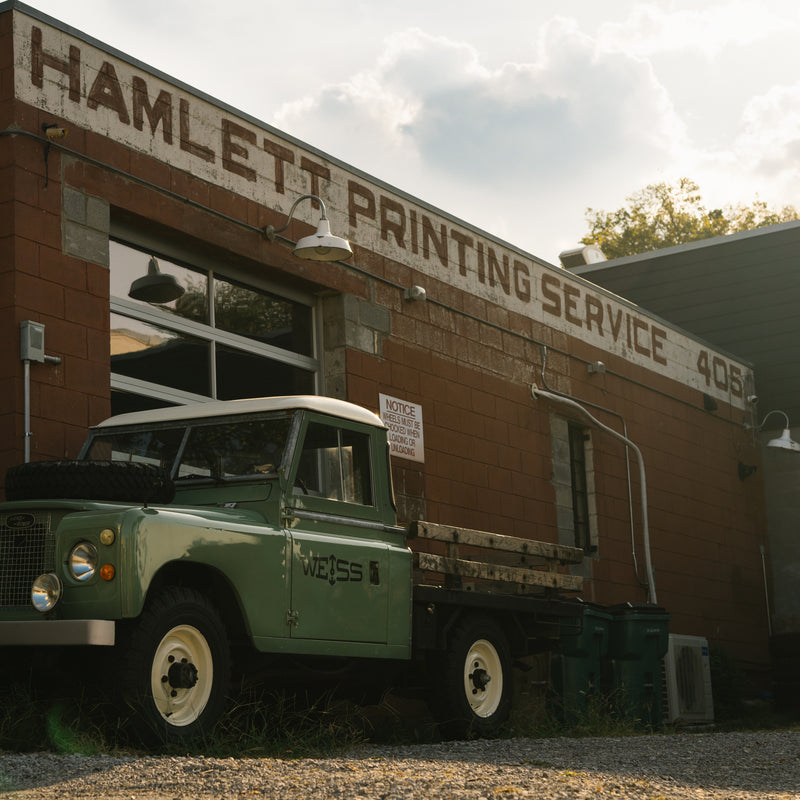If you've ever spent time repairing things or taking something apart and putting it back together, you'll have learned an important lesson: sometimes you have to do things the hard way or the long way to make sure you don’t do more damage than good. This is especially true in watchmaking, where even a small repair can sometimes cause more harm than intended. It’s similar to working on automobiles, CNC machines, or any other highly complex and technical items—particularly those with visible trims that need to look perfect.
Watches are not only mechanical marvels and engineering masterpieces, with hundreds of parts in a tiny space that all need to function perfectly, but they also have a visual and artistic aspect. The goal of the watchmaker is to maintain the perfection of the original timepiece.
As a watchmaker, I go to great lengths to ensure everything I work on remains perfect. We use tools that are as precise as possible, and, most importantly, we work very hard to keep everything clean. We can’t scrub watch parts; we need to keep them clean from the start because cleaning them improperly could damage the finish—whether it’s a mirror finish, a straight grain finish, or a special surface on the dial. Even a tiny speck of dust can become abrasive on the wrong cleaning tool.
To maintain this level of cleanliness, we use various tools, including finger cots—little rubber gloves that cover each finger. Even with finger cots on, we try not to touch anything directly. We clean the finger cots with a watchmaker’s putty called Rodico, which grabs any dust or oil so that it doesn’t transfer onto the watch parts. A fresh set of finger cots might be oil-free, but they still attract dust, so we constantly use Rodico to clean them throughout the day.
Rodico is like a special Play-Doh that absorbs oil and dust, but since it absorbs oil, it’s a one-use item. If you’re cleaning a watch part, especially something as delicate as a dial, you must use fresh Rodico each time to avoid transferring any residue or causing scratches.
When it comes to cleaning, we always have to consider whether the cleaning tool itself might cause damage. For instance, we wouldn’t use the same rag to clean the hood of a car that was just used to clean the wheels and tires because it could transfer abrasive particles and damage the paint. Similarly, in watchmaking, we’re constantly evaluating the potential for damage and whether it’s worth the risk.
Certain parts, like dials and hands, can be particularly delicate. Sometimes, what might seem like a small imperfection on a dial is better left alone because attempting to clean it could cause more damage. For instance, a high-polished watch hand can only be touched so many times before it starts to lose its finish.
To clean watch parts, we use specialized tools, like Tex wipes, which are lint-free wipes used in clean rooms for electronics or medical devices. These wipes are single-use and are designed not to leave any lint behind. We might also use denatured alcohol on a Tex wipe or a specially sharpened piece of wood to clean metal parts. However, we have to be very careful about which parts we clean this way because the wrong tool could easily cause scratches.
Compressed air is another important cleaning tool, but it has to be used carefully. It’s safe to use on individual dry components, but using it on an assembled movement could blow oil all over the place and cause significant problems. We use compressed air to check dials before assembling a watch, ensuring everything is clean and ready.
Finally, maintaining a clean workbench is crucial. I use special wipes designed for cleaning glasses, which contain a small amount of rubbing alcohol to remove dust and oil without leaving a residue. This ensures that my bench is dust-free and ready for assembly or repairs.
So, if you ever wonder how your watch looks so perfect when you look through the dial or see into the movement, remember that every detail was thoroughly thought through by the watchmaker. Every tiny action, like cleaning a speck of dust, was done with precision and care to ensure no damage was done.
